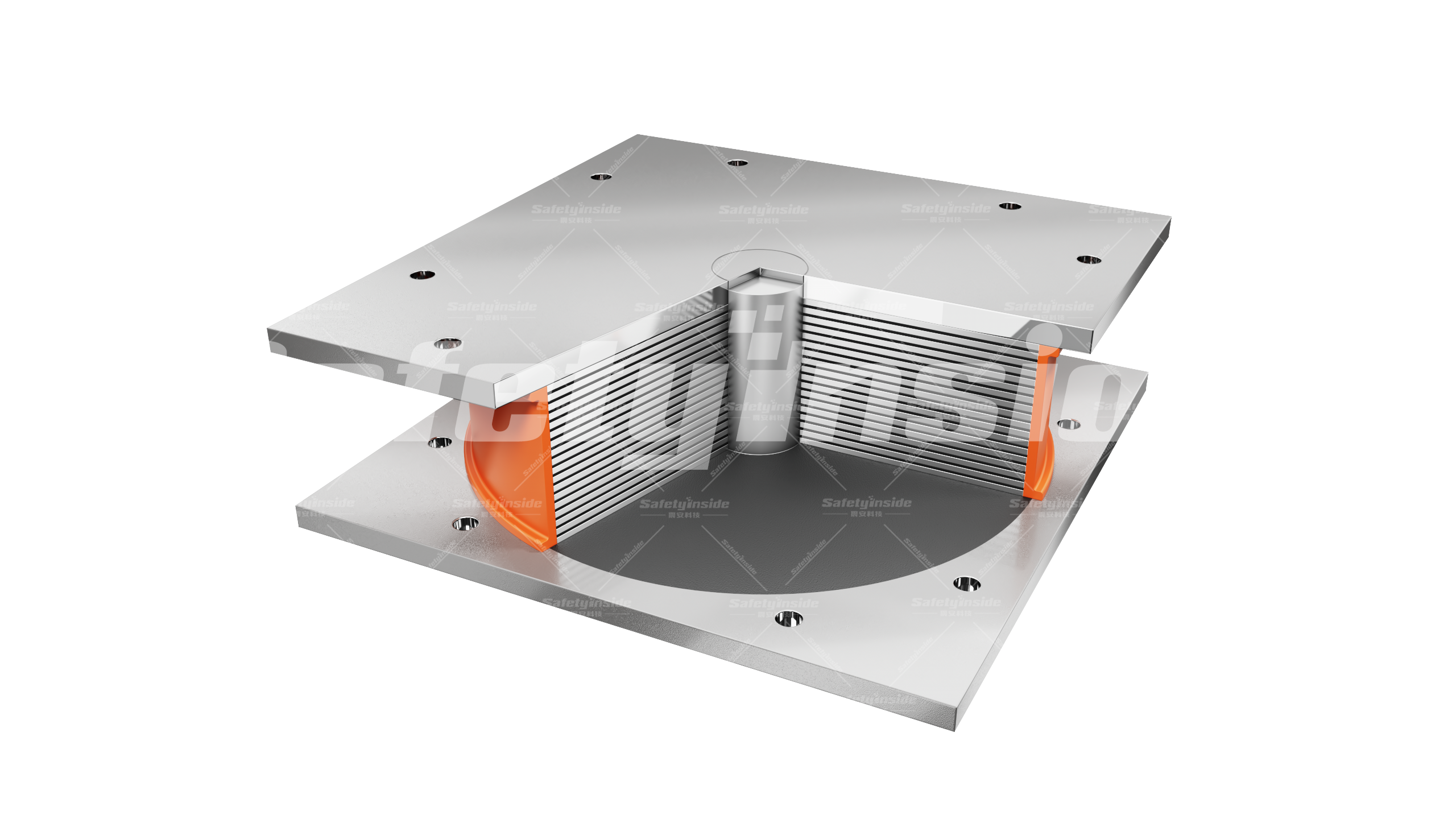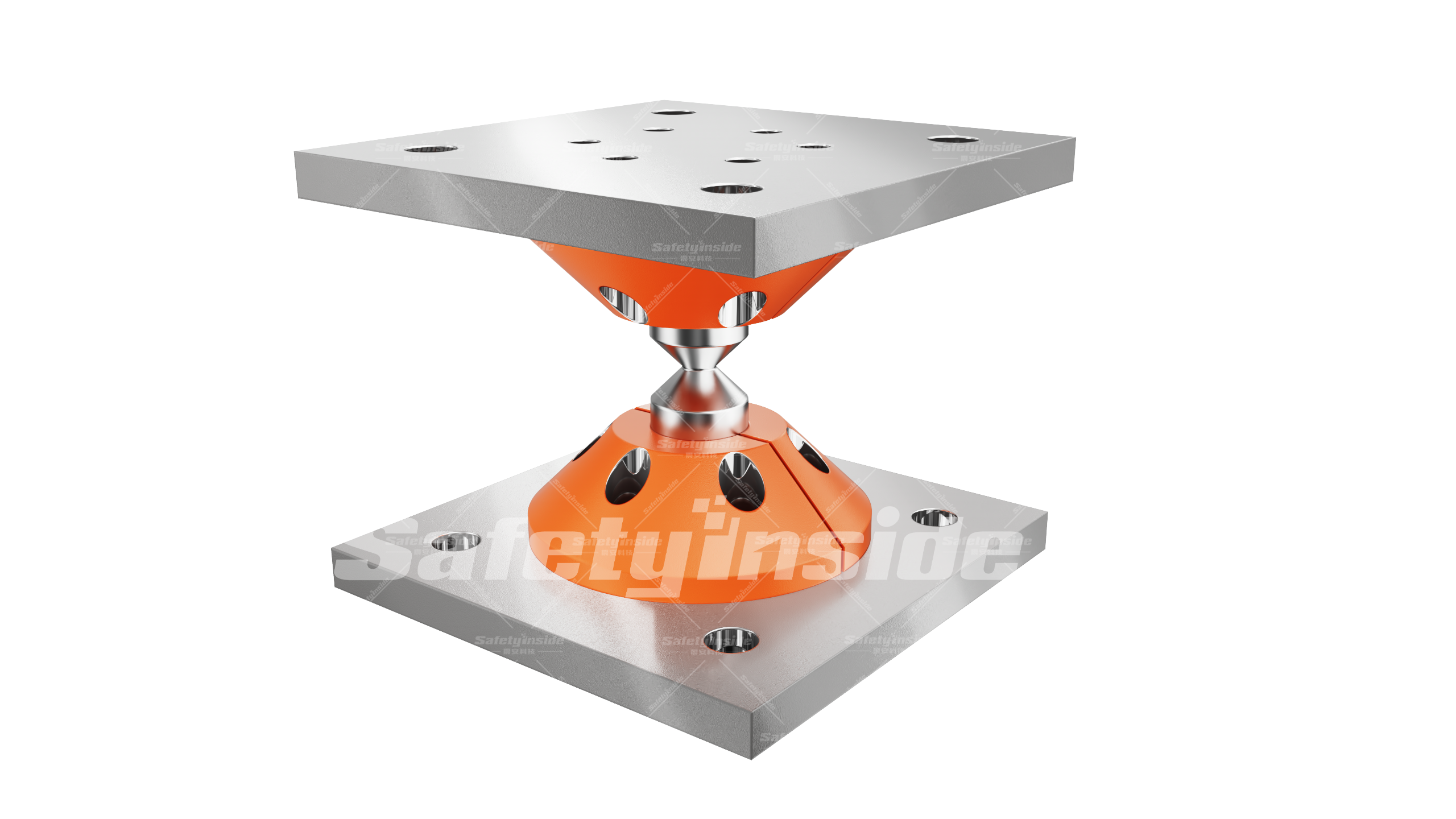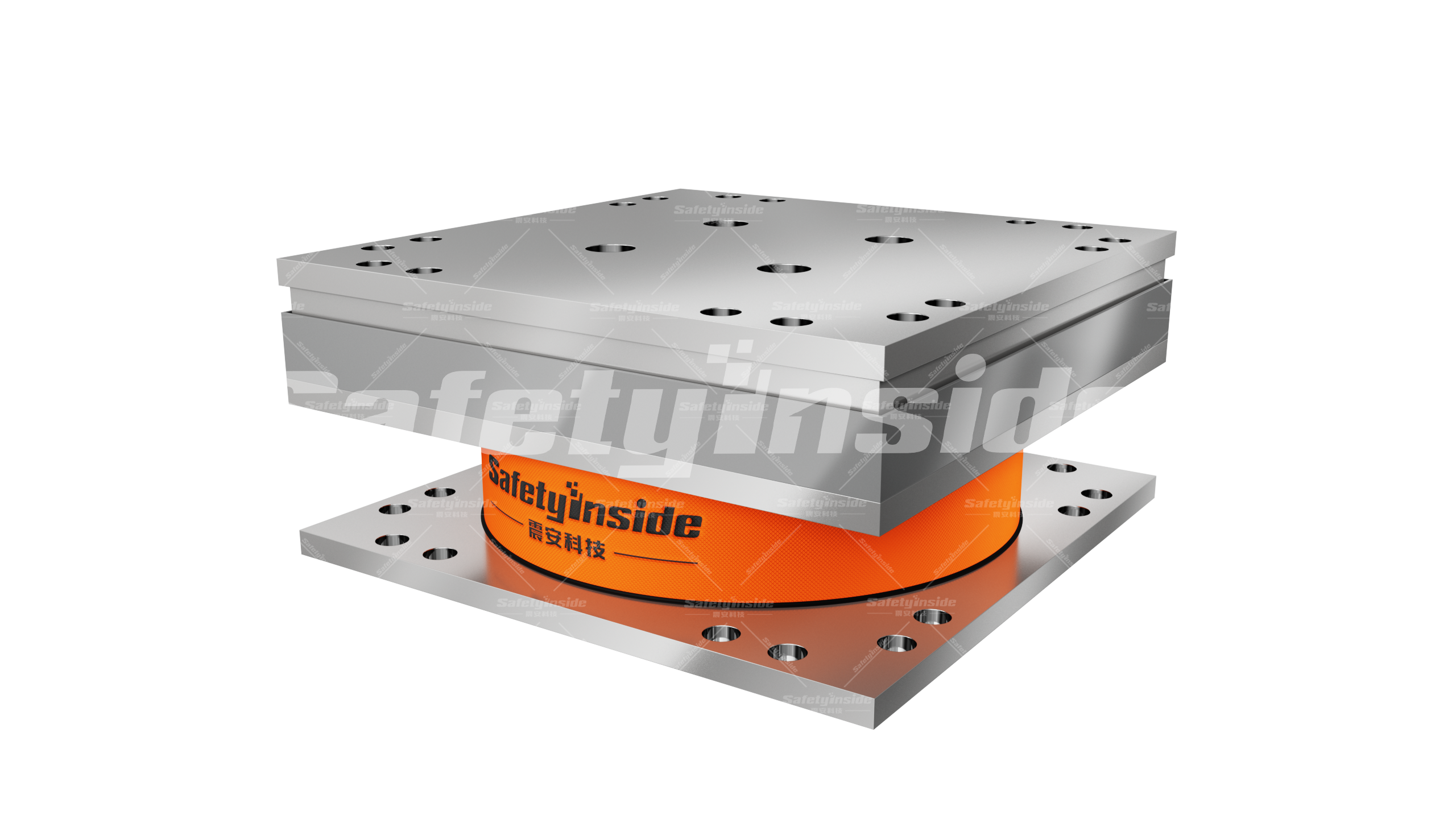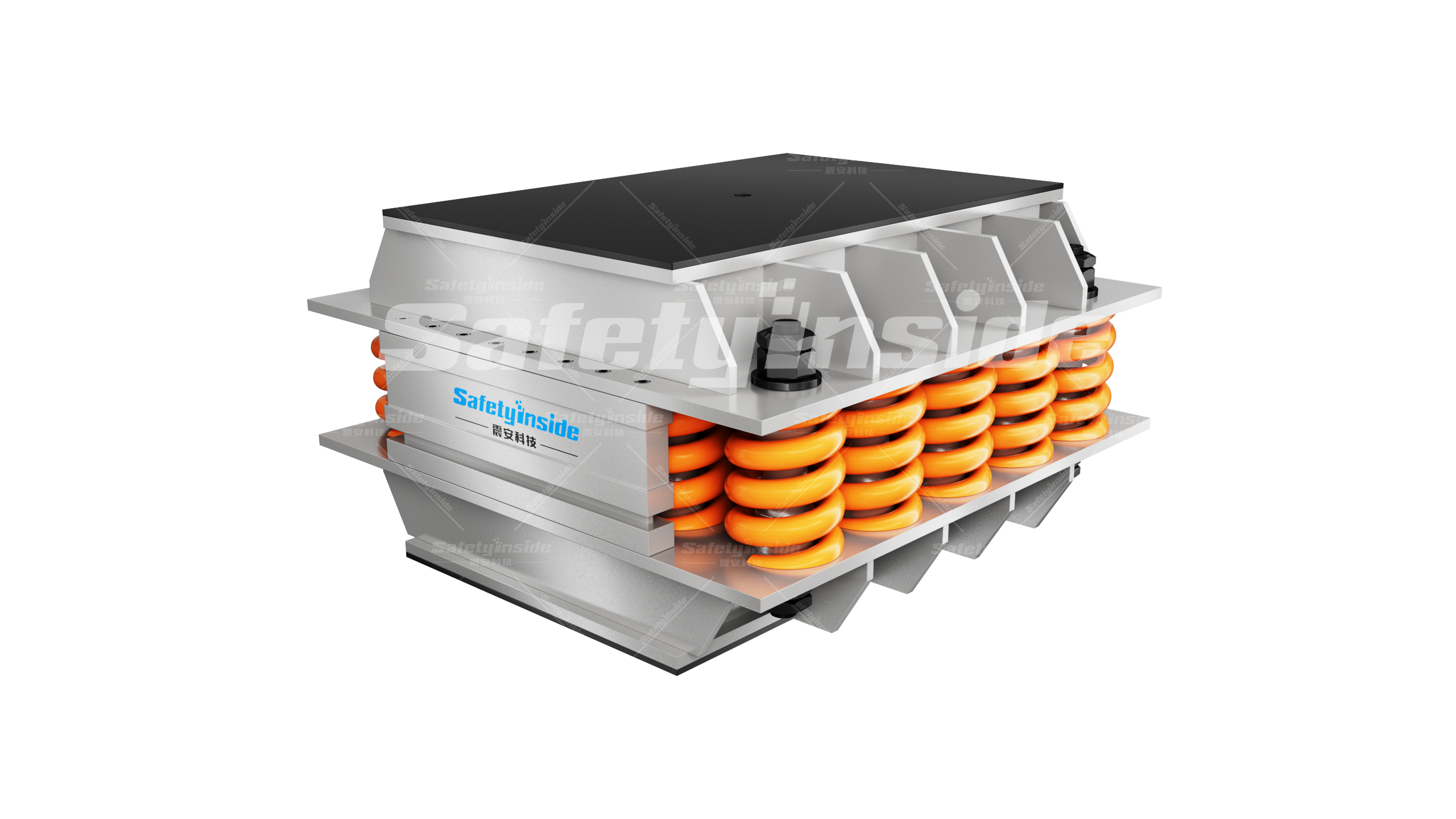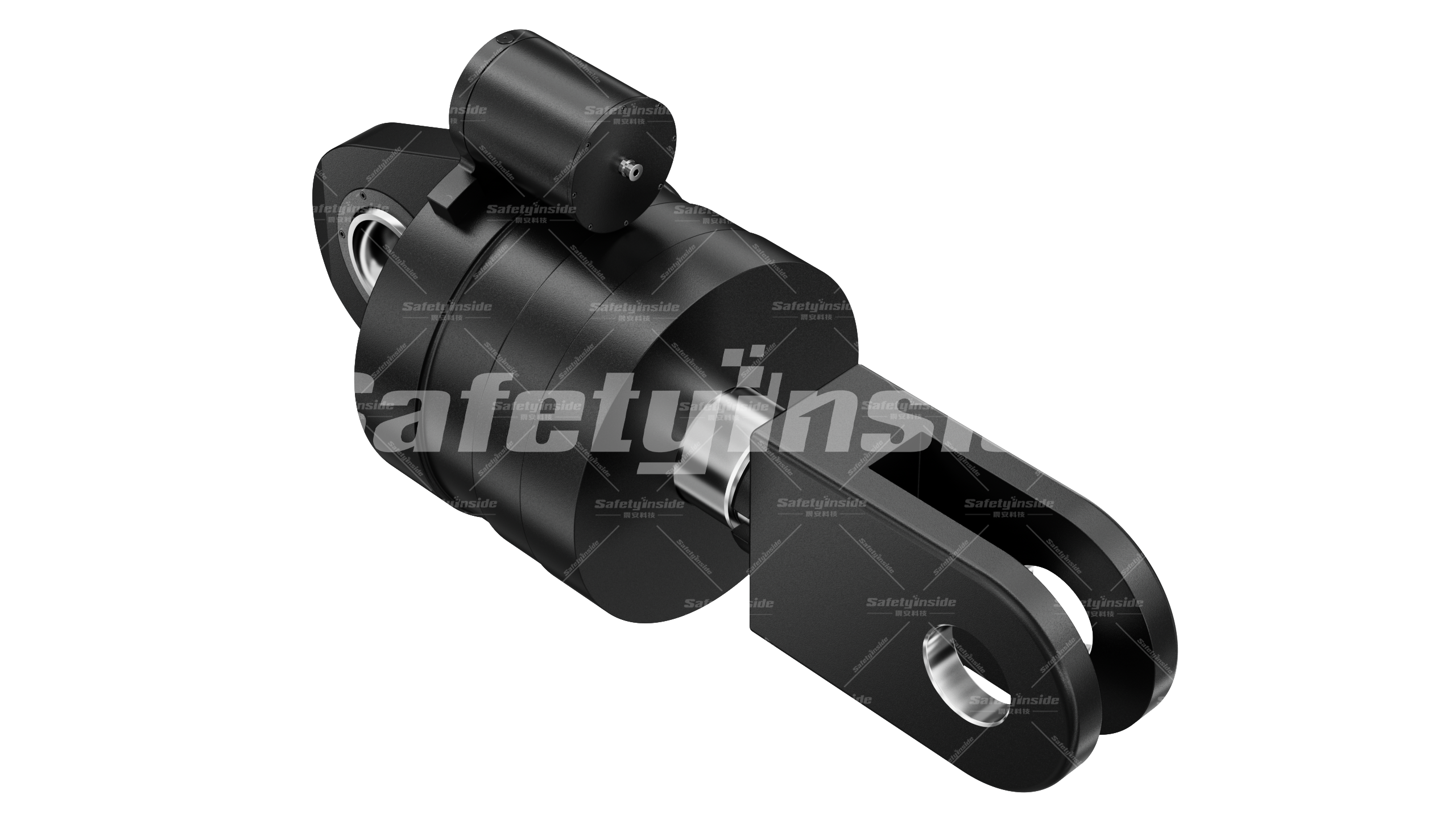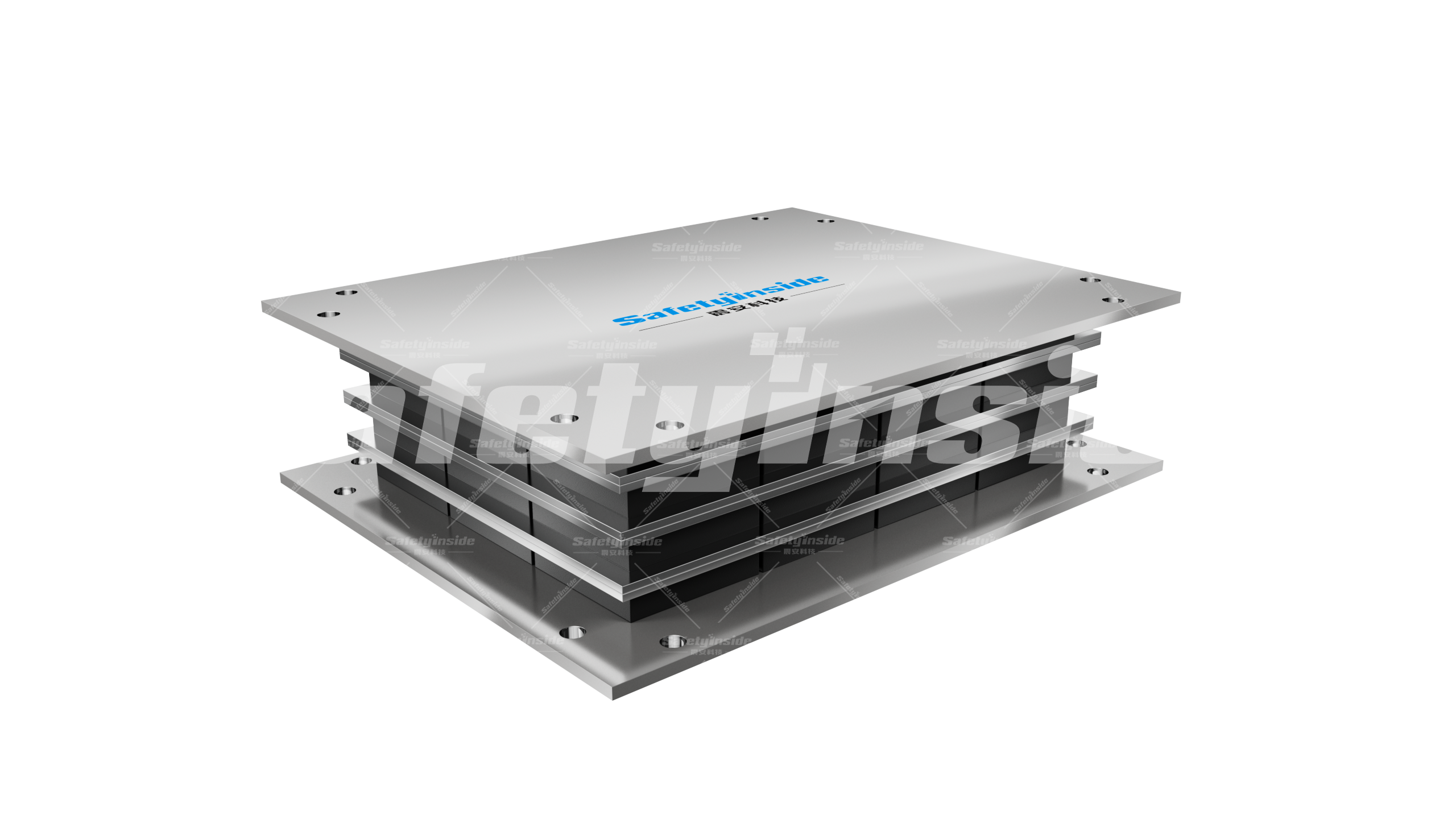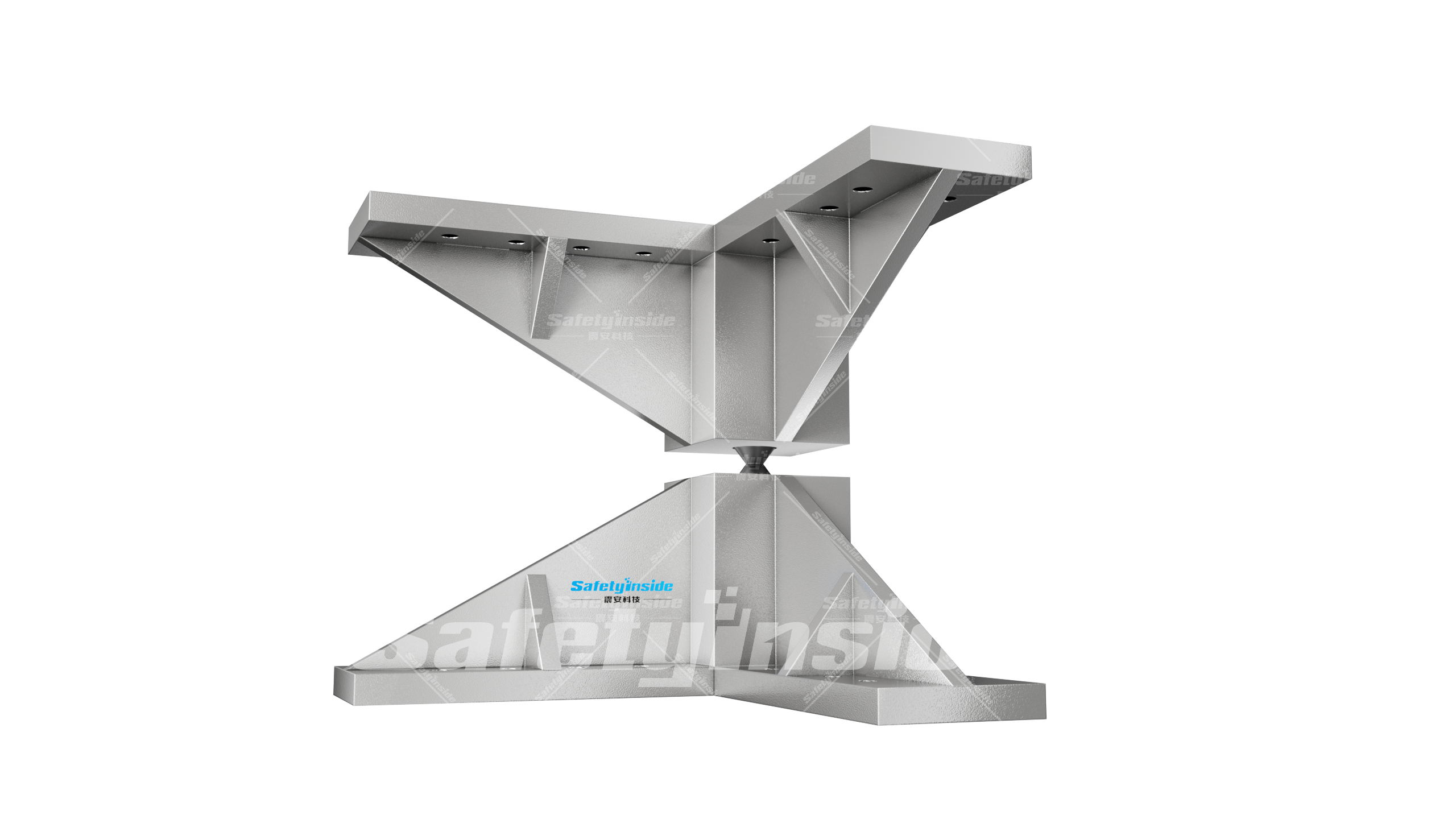- Product description
-
- Commodity name: Anti-wind Device (Type Ⅱ)
In recent years, base isolation technology for buildings has gradually been promoted and applied in high-rise structures. Currently, the most commonly used types are ordinary natural rubber bearings and lead-rubber bearings. Natural rubber bearings lack wind resistance, while lead-rubber bearings possess a certain degree of wind resistance. When natural rubber bearings and lead-rubber bearings are used in combination, and when the yield force of the isolation layer is relatively small while the wind load is relatively large, the lead-rubber bearings in the isolation layer will quickly yield under wind load, causing slight vibrations in the superstructure and reducing its comfort level. Although lead-rubber bearings can provide a certain level of yield force, they should not be excessively deployed, as this would increase the horizontal stiffness of the isolation layer and compromise the effectiveness of horizontal isolation. The existing method involves adding wind-resistant devices in the middle of the isolation rubber bearings to achieve a certain degree of wind resistance.
This product is developed in a customized manner. Its appearance, performance and various detailed features are all determined according to the specific requirements of each individual project. In view of this, in order to fully demonstrate the cost-performance advantage in the project, it is recommended that for the specifications and parameters of products for specific projects, in-depth communication and confirmation should be carried out in a timely manner with professional engineers from Safetyinside during the initial design stage of the project, so as to accurately match the project requirements and achieve the construction and implementation of the optimal solution.
Previous: Anti-wind Device (Type I)
Next page: Anti-tension Device
Recommended product




